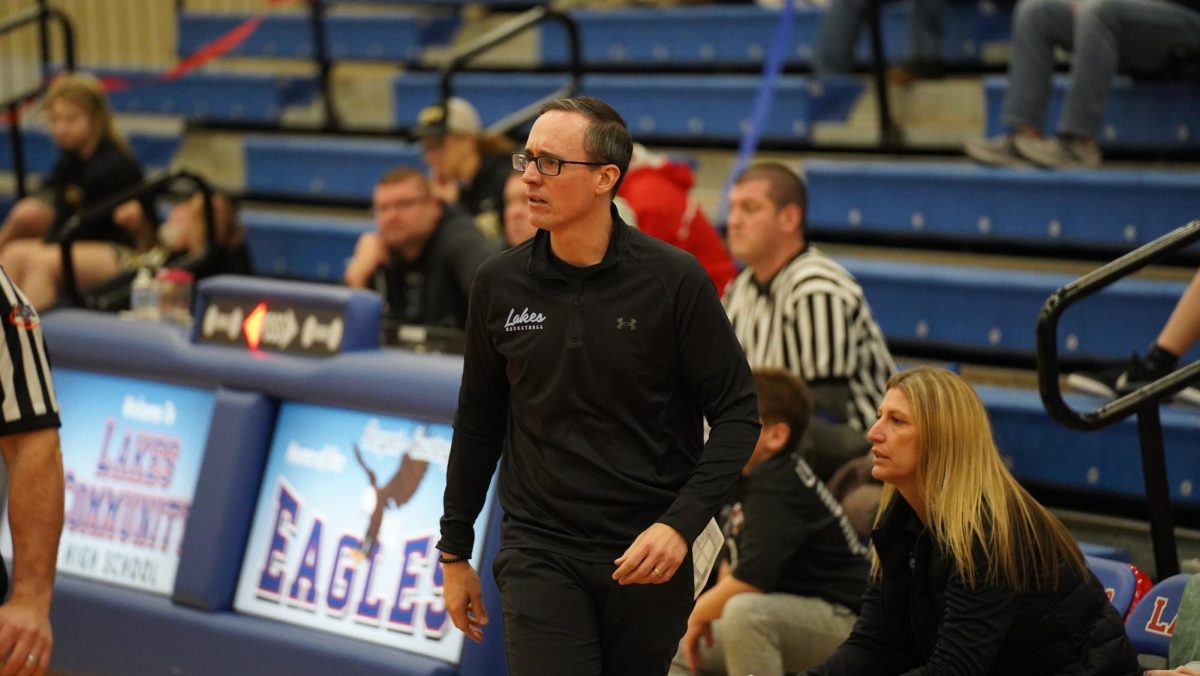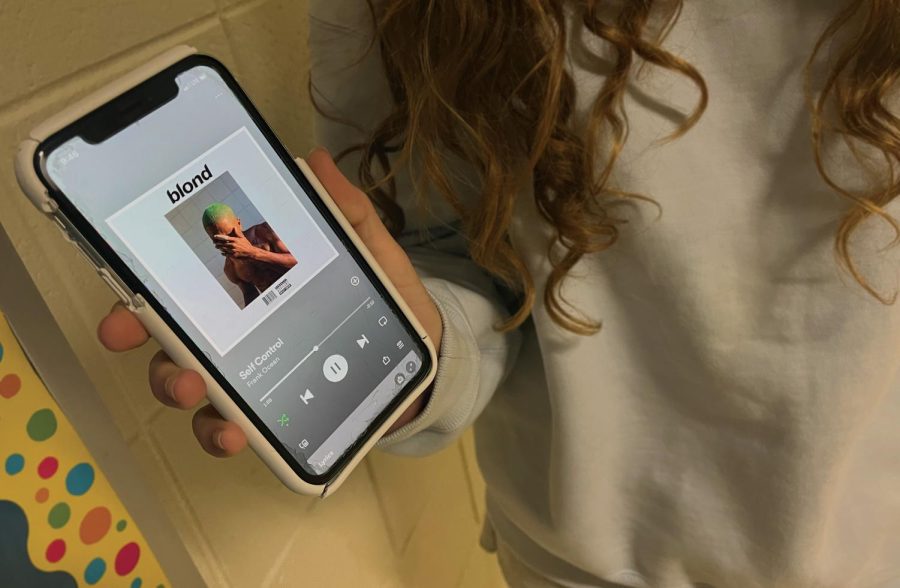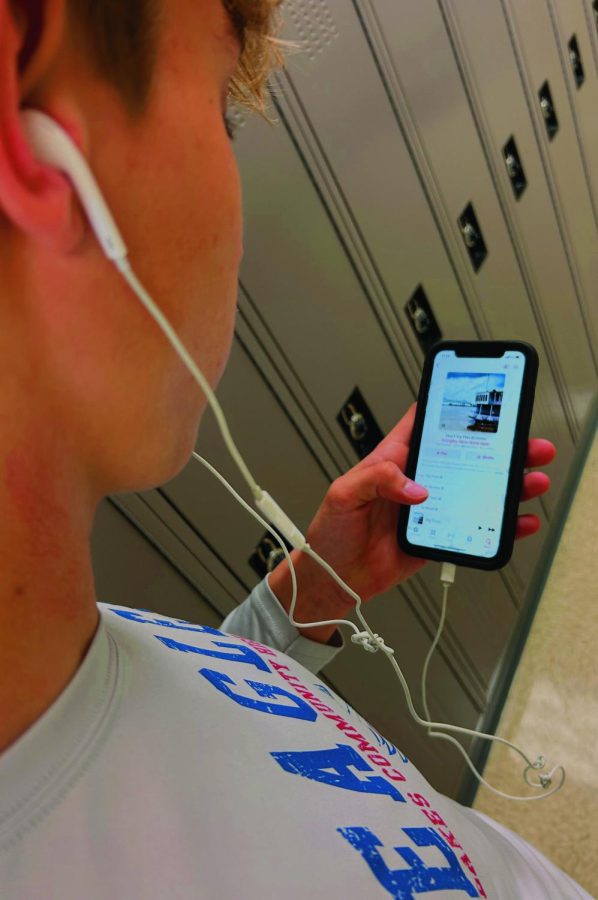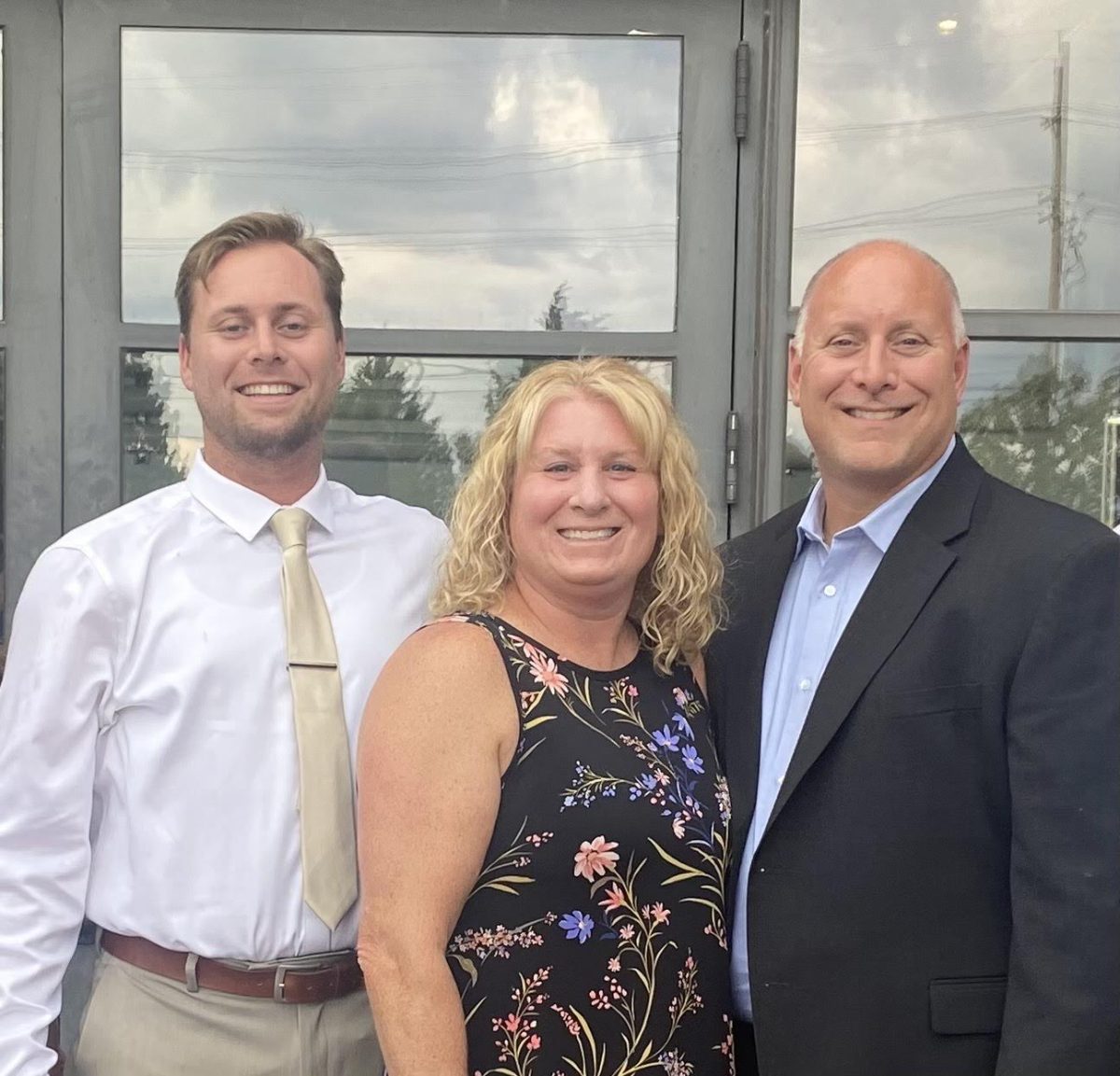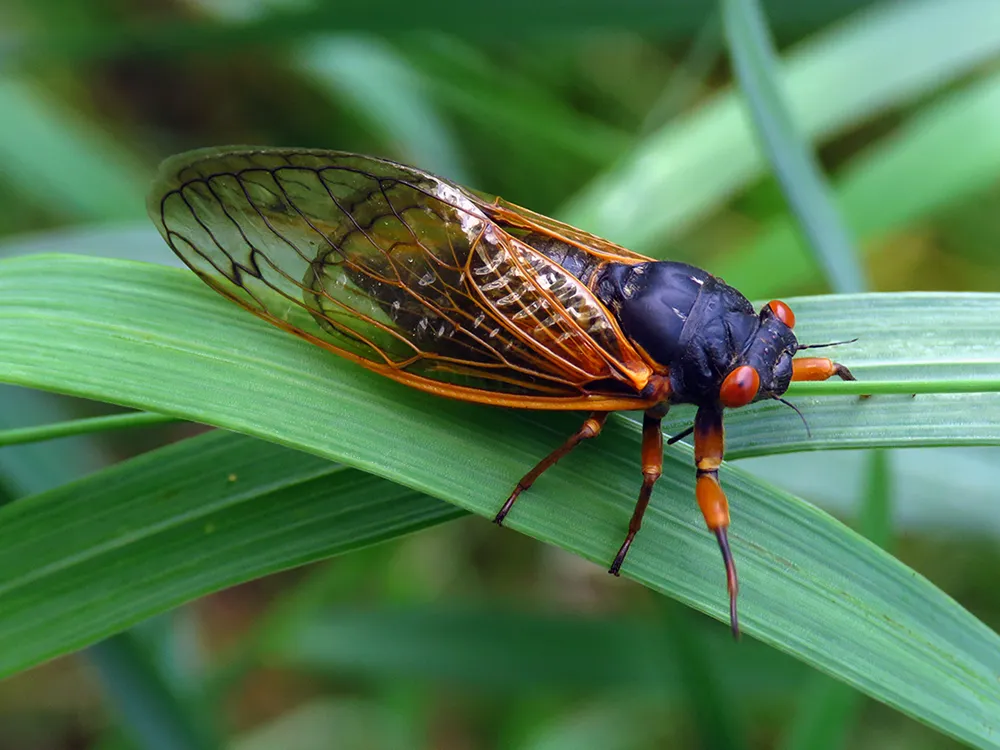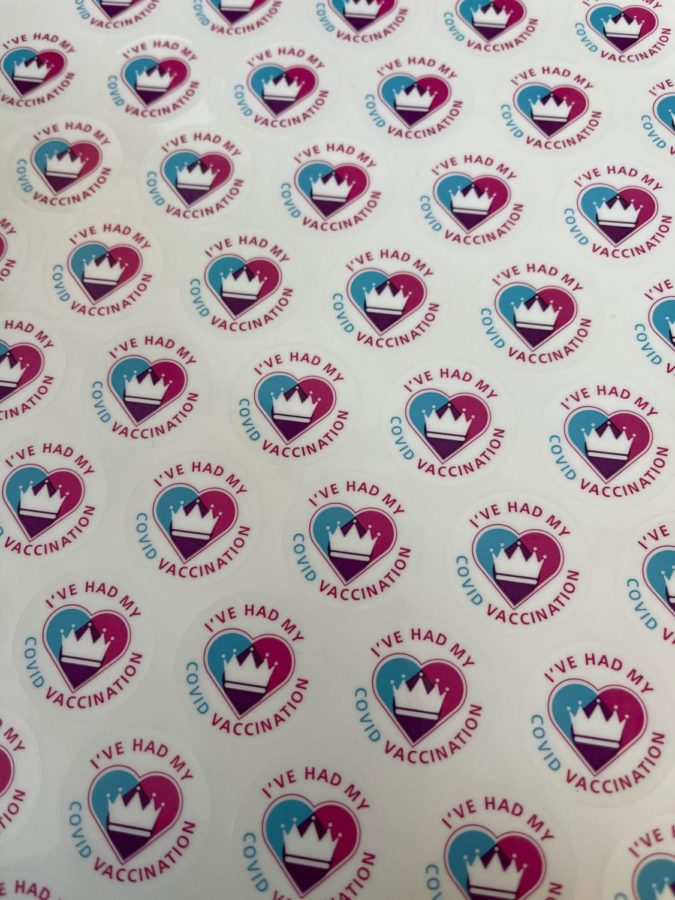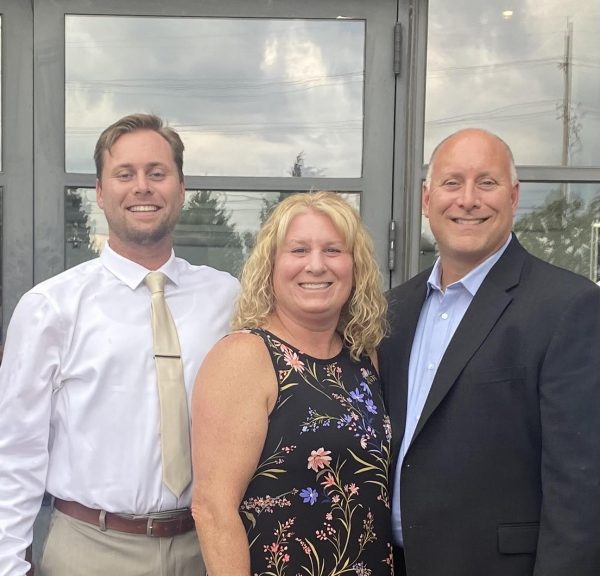The CDC’s Post-Vaccine Guidelines
With the growing number of vaccination distribution, the Center for Disease Control (CDC) has released guidelines for life post-vaccination. While the fully vaccinated are protected from getting sick, “taking precautions in public places like wearing a mask, staying 6 feet apart from others, and avoiding crowds and poorly ventilated spaces” is recommended until more research is done and it is clear how vaccines will help prevent the spread of the virus.
People are considered “fully vaccinated” two weeks after their second shot of two-dose vaccines, such as Pfizer-BioNTech or Moderna, or two weeks after they receive a single-dose vaccination, such as Johnson and Johnson’s.
The “When You’ve Been Fully Vaccinated” tab on the CDC’s website outlines activities that fully vaccinated people can go about safely, and ones that should continue to avoid for the time being. Gathering indoors with other fully vaccinated people without masks has been deemed safe as well as gathering indoors with a group of unvaccinated people from one household without masks, provided that no one from that household holds an “increased risk for severe illness from COVID-19.” If you are fully vaccinated and have been around someone who has the virus, you do not need to self-quarantine or get tested unless you experience symptoms.
Despite these changes for vaccinated individuals, much has not changed for those who remain unvaccinated or not yet fully vaccinated. For example, unvaccinated people should continue taking precautions in any public setting, avoid medium or large gatherings, avoid travel, and always be watching for symptoms and getting tested if suspicions arise.
Yet to be determined is how the current vaccines will work against different variants of the virus; “early data show the vaccines may work against some variants but could be less effective against others.”


